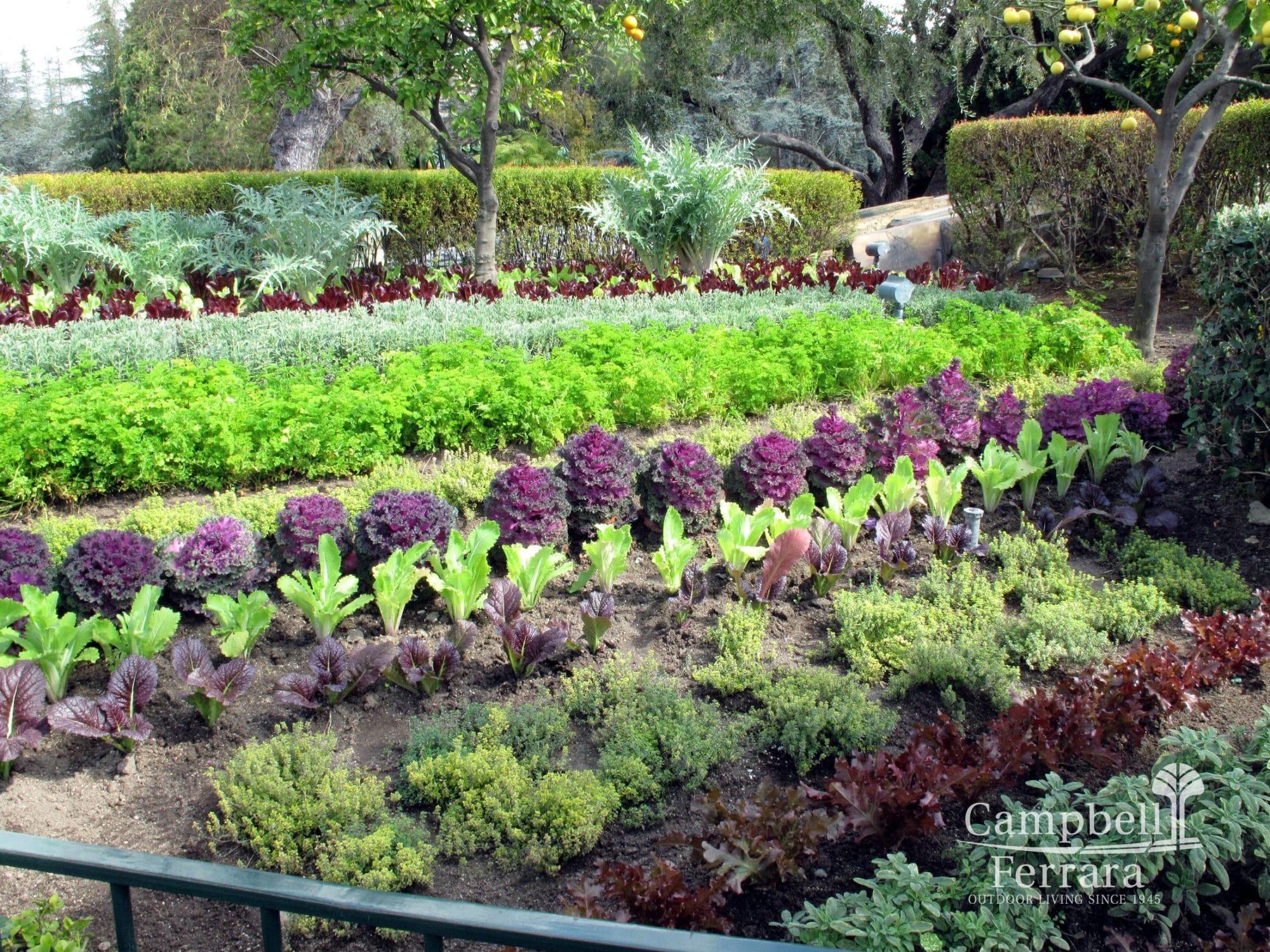Grow Edible Plants at Home Easily

Imagine transforming your humble abode into a lush, edible garden—a sanctuary where you can pluck fresh herbs, vegetables, and fruits right from your backyard or windowsill. Sounds like a dream? It's easier than you think! Growing edible plants at home is not just a rewarding hobby but also a step towards sustainable living and urban farming. Whether you're a seasoned green thumb or a novice in home gardening, this guide will walk you through the basics of creating your own edible paradise.
Why Grow Edible Plants at Home?
Growing edible plants at home offers a myriad of benefits. For starters, it ensures you have access to fresh, organic produce, free from pesticides and chemicals. Plus, it's a fantastic way to reduce your carbon footprint and contribute to urban farming. But perhaps the most compelling reason is the sheer joy and satisfaction of nurturing life and reaping the fruits (literally!) of your labor.
Getting Started with Your Edible Garden
Choosing the Right Plants
The first step in your home gardening journey is selecting the right edible plants. Consider your climate, space, and personal preferences. Some popular choices for beginners include:
- Herbs: Basil, parsley, and mint are great for indoor herbs and can thrive in small pots.
- Vegetables: Tomatoes, lettuce, and radishes are easy to grow and perfect for vegetable gardening.
- Fruits: Strawberries and blueberries are compact and can be grown in containers.
Preparing Your Space
Whether you have a sprawling backyard or a cozy balcony, you can create an edible garden. For indoor herbs, a sunny windowsill is ideal. For outdoor vegetable gardening, ensure your plants get at least 6-8 hours of sunlight daily. Use raised beds or containers if space is limited.
Soil and Compost
Good soil is the foundation of a thriving edible garden. Opt for well-draining, nutrient-rich soil. Composting is an excellent way to enrich your soil naturally. You can use kitchen scraps and yard waste to create a nutrient-rich compost. For more tips, check out this guide to composting.
Caring for Your Edible Plants
Watering
Watering is crucial but often misunderstood. Overwatering can be as harmful as underwatering. A good rule of thumb is to water deeply but less frequently. Check the soil moisture with your finger; if the top inch is dry, it's time to water.
Fertilizing
Even with rich soil, your plants may need a boost. Organic fertilizers like compost tea or fish emulsion can provide essential nutrients. Avoid synthetic fertilizers, which can harm beneficial soil microbes.
Pest Control
Pests are an inevitable part of gardening, but there are natural ways to keep them at bay. Companion planting, where you plant certain plants together to deter pests, is a great strategy. For example, planting marigolds can repel nematodes. For more natural pest control methods, visit this resource.
Harvesting and Enjoying Your Bounty
Harvesting your edible plants is the most rewarding part of home gardening. Pick herbs regularly to encourage bushier growth. For vegetables, harvest when they are young and tender. Fruits should be picked when ripe for the best flavor.
:max_bytes(150000):strip_icc()/harvested-vegetables--gardening-gloves-and-hand-cultivator-garden-576798993-5b419bba46e0fb00374ee206.jpg)
Preserving Your Harvest
Don't let your hard work go to waste! Learn to preserve your harvest through canning, freezing, or dehydrating. This ensures you can enjoy your homegrown produce year-round. For preservation tips, check out this guide.
Common Challenges and Solutions
Space Limitations
Urban farming often comes with space constraints. Vertical gardening is a fantastic solution. Use trellises, wall-mounted planters, or hanging baskets to maximize your space.
Climate Concerns
Different edible plants thrive in different climates. Research what grows best in your region. For colder climates, consider using cold frames or greenhouses to extend the growing season.
Time Management
Gardening can be time-consuming, but it doesn't have to be. Choose low-maintenance plants and automate tasks like watering with drip irrigation systems.

Conclusion
Growing edible plants at home is more than just a hobby; it's a journey of self-discovery and connection with nature. From the joy of watching your first seedling sprout to the satisfaction of harvesting your own produce, every step is a rewarding experience. So, why wait? Start your edible garden today and reap the benefits of home gardening. Happy growing!
FAQs
What are the easiest edible plants to grow for beginners? Some of the easiest edible plants for beginners include herbs like basil and mint, vegetables like lettuce and radishes, and fruits like strawberries.
How much sunlight do edible plants need? Most edible plants require at least 6-8 hours of sunlight daily. However, some herbs and leafy greens can tolerate partial shade.
Can I grow edible plants indoors? Yes, many herbs and some vegetables can be grown indoors with adequate sunlight. Choose compact varieties and use well-draining soil.
What is companion planting? Companion planting is the practice of planting different crops together for mutual benefit, such as pest control, pollination, and improved growth.
How can I preserve my homegrown produce? You can preserve your homegrown produce through methods like canning, freezing, or dehydrating. These techniques help extend the shelf life of your harvest.
0 Response to "Grow Edible Plants at Home Easily"
Post a Comment